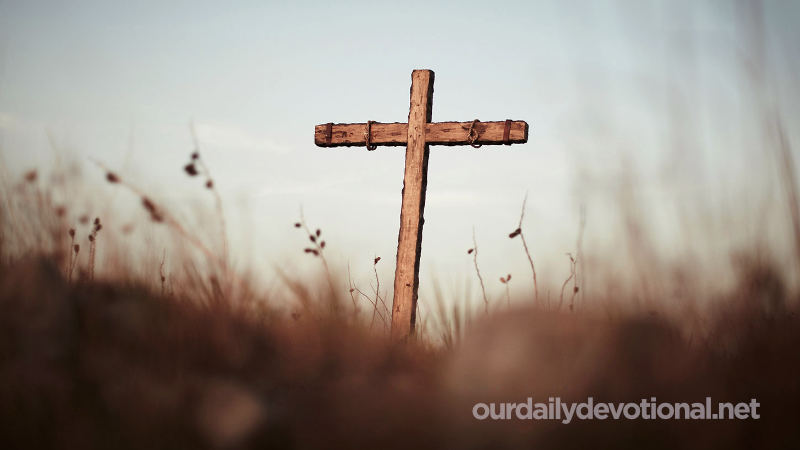Tell (see TELL) at Yorghan Tepe, 200 m. in length and 5 in height, located 16 km southwest of Kirkuk, 220 km north of Baghdad, in Upper Mesopotamia. Discovered thanks to following a clue: some tablets that were sold in bazaars in Kirkuk to tourists.
Following the trail led to this tell, which was methodically excavated, between 1925 and 1931, by several agencies, among which the American Schools of Oriental Research and the Iraq Museum played an important role.
The tell is made up of twelve strata of occupation, from prehistoric times, through various historical stages, to the two upper strata, which correspond to the city of Nuzu ("Nuzi" is the genitive form of Nuzu). The two upper levels, I and II, are the most important in relation to the world of the Bible.
Four thousand tablets written in cuneiform characters have been discovered in them, which have been assigned to the 15th century BC. based on conventional chronology. The texts of these tablets constitute a valuable collection of private and public archives of four generations, and provide good information on the political and economic life and social customs of the ancient world, appearing contracts, reports, judicial rulings and various other types of writings.
An extremely interesting aspect of these tablets is that, belonging to a chronological framework approximately the time of the patriarchs, they provide a social historical framework that harmonizes closely with details of the Genesis narratives about Abraham, Isaac, Jacob and Esau, Sarah and Hagar. Several mentions can be made of this:
(a) Abraham's allusion to Eliezer, his steward, as a possible heir (Gen. 15:2, 3) is illuminated by the Nuzi tablets. In them appears the law that if you did not have children, you could adopt one, who during the life of the adoptive father was his servant, and upon his death he inherited the property. However, if a child of his own was born, he received the inheritance.
(b) The case of Hagar, who was given to Abraham as a concubine by Sarah herself (Gen. 16:2), is also illustrated in the Nuzi tablets. It was the custom there that if one's wife bore children to her husband, she could not have another wife; Otherwise, she could take another wife from among her slaves, until she had offspring.
In any case, if the first wife later had a child, it was the free wife's child who had to inherit from her. However, the slave and her offspring were not to be sent away. This law may explain Abraham's resistance to granting Sarah's request, as well as his natural affection for Ishmael (Gen. 21:10, 11).
(c) Esau's sale of his birthright to Jacob is also illustrated on the tablets. There is a record of Tupkitilla's sale to his brother Kurpazah of her inheritance rights to a grove for three sheep. So this practice developed in a context where it was not unknown (cf. Gen. 25:27-34).
(d) The blessing of Isaac and Jacob was firm (cf. Gen. 27:35-37), and Isaac himself maintained it once given. In the Nuzu tablets there appears a record of a lawsuit, in which Tarmiya won against two of his brothers, who wanted to prevent him from taking a woman called Zululishtar as his wife.
The judges ruled in her favor by establishing that her father had formally granted it to her in a solemn oral declaration. So oral wills were considered valid and binding.
(e) The efforts of Abraham's steward to obtain a wife for Isaac (cf. Gen. 24) are also illustrated in Nuzu. One had to deal with the legal guardian of the maiden, who was frequently the brother, to whom the dowry was paid. Another way to get a wife was to be adopted by one's father-in-law and work for him (cf. Gen. 29:14-l9 ff.).
(f) The case of Rachel's theft of Laban's teraphim and Laban's thorough search for them, after having pursued them for seven days, searching all the luggage of Jacob and his family (cf. Gen. 31: 19-35), receives its explanation by the law of Nuzu according to which the possession of domestic idols by the son-in-law meant that he must be the heir of the father-in-law's possessions.
Thus, through these tablets and many others, one can see to what extent the narratives of the patriarchs in Genesis fit in these cultural and social details with the general framework of the time in which they lived, and how these records had to be written by someone truly knowledgeable of the facts, instead of constituting, according to theological liberalism, a kind of saga written long after the facts.
It should be noted that the revised chronology places these records, from a time contemporary and immediately after that of Hammurabi, at a date around the 15th-14th century BC. (See HAMMURABI.)
Nuzu was located approx. 550 km east-southeast of Haran. The population of the strata corresponding to Nuzu has been identified as Hurrians.
Meaning of NUZU (o NUZI)
Tell (see TELL) at Yorghan Tepe, 200 m. in length and 5 in height, located 16 km southwest of Kirkuk, 220 km north of Baghdad, in Upper Mesopotamia. Discovered thanks to following a clue: some tablets that were sold in bazaars in Kirkuk to tourists.







